
When it comes to Miyazaki, Aoshima Shrine is famous right?
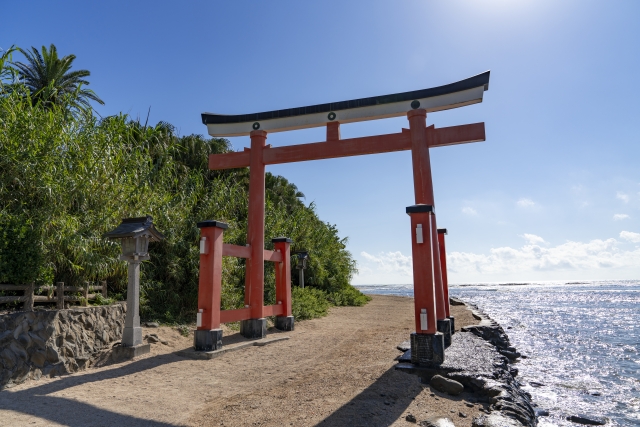

What to eat while traveling to Miyazaki?
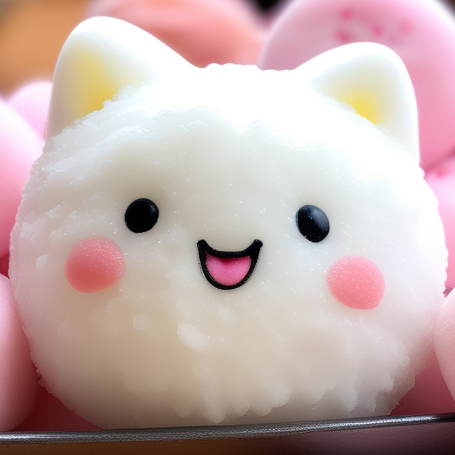
This page introduces a list of local foods (chicken, pork, noodles, soup, fruits, sweets, seafood, seasoning, vegetables) that Japanese people want to eat when sightseeing in Miyazaki, Kyushu region.

Local foods that Japanese people want to eat?

I want you to know not only must-try foods for foreign tourists but also what Japanese people specifically want to eat when they sightsee in Miyazaki.

Some of the information may be the same and some may be different compared to information for foreign tourists. Hope you find something new.
Charcoal-grilled chicken
- Read in Japanese: Tori no sumibiyaki
- Original name: 鶏の炭火焼
- Category: Chicken
This is a traditional local dish of chicken seasoned with salt and grilled at once over a high charcoal fire. It is characterized by the smoky aroma of the charcoal fire.
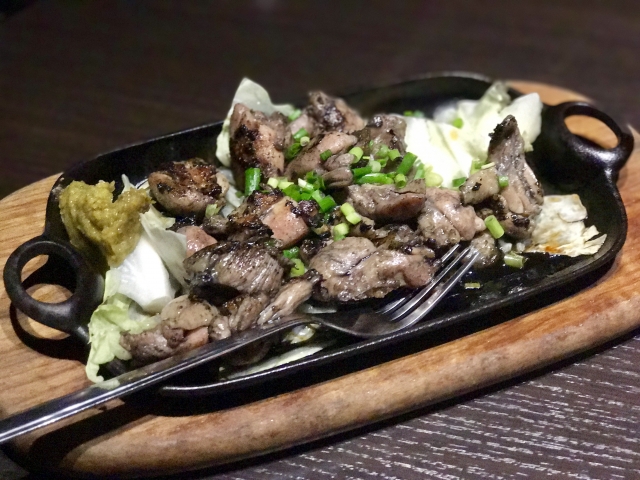
Google Map
Chicken nanban
- Read in Japanese: Chikin nanban
- Original name: チキン南蛮
- Category: Chicken
This dish originated in Miyazaki, where chicken is dipped in sweet-and-sour sauce and served with tartar sauce.
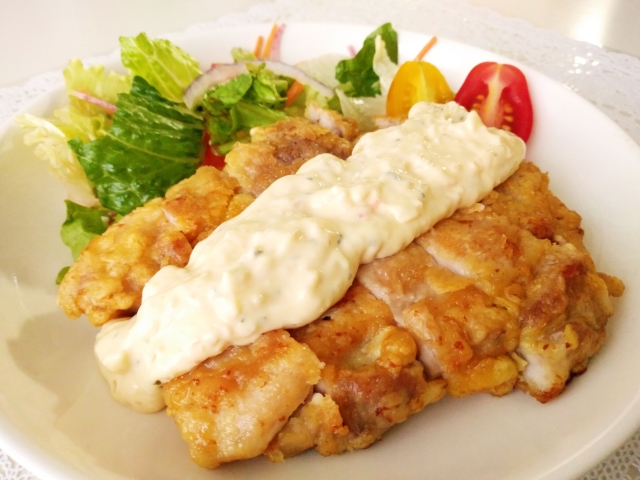
Google Map
Pork wrapped rice ball
- Read in Japanese: Nikumaki onigiri
- Original name: 肉巻きおにぎり
- Category: Pork
This dish originated in Miyazaki, and is made by rolling rice in pork marinated in sauce, slow-roasting it in the oven, and serving it with sunny lettuce.
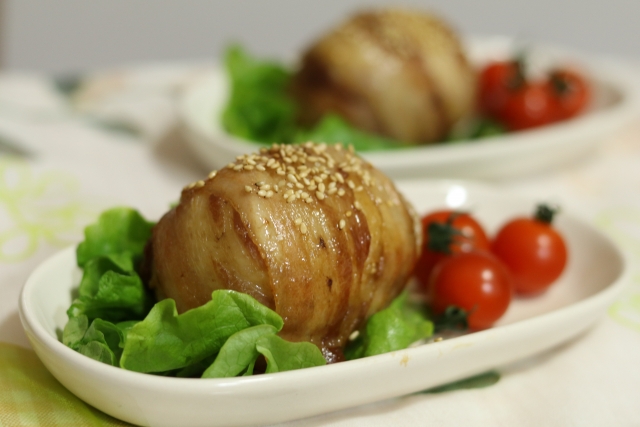
Google Map
Spicy noodles
- Read in Japanese: Karamen
- Original name: 辛麺
- Category: Noodles
It is a ramen originating from Miyazaki, with elastic noodles made from buckwheat and wheat flour, and a spicy and tasty soup with chili pepper and garlic.
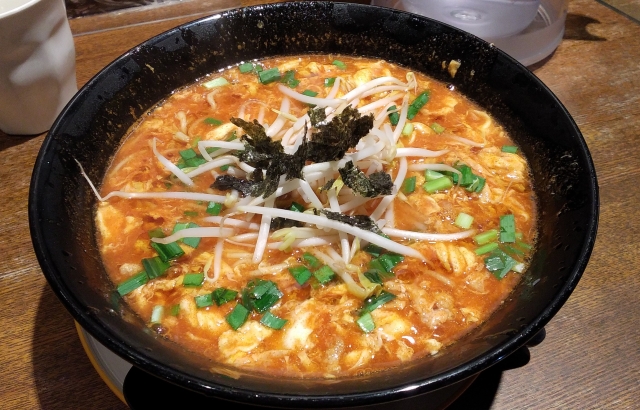
Google Map
Hiya shiru soup
- Read in Japanese: Hiya shiru
- Original name: 冷や汁
- Category: Soup
It is a local dish of Miyazaki, where soup stock is made from fish, miso is added, and the soup is served over rice. It is served with cucumber, shiso leaves, tofu, etc.

Google Map
Citrus tamurana
- Read in Japanese: Hyuganatsu
- Original name: 日向夏
- Category: Fruits
This citrus fruit was discovered in Miyazaki, and Miyazaki is the largest producer of this fruit in Japan. The white skin has a slight sweetness, and when eaten with the sour pulp, it has a unique flavor.
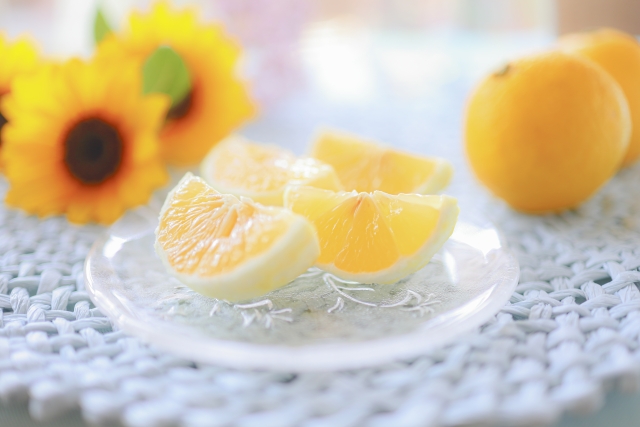
Google Map
Hebesu
- Read in Japanese: Hebesu
- Original name: へべす
- Category: Fruits
It is a specialty of Miyazaki with a refreshing aroma and mild acidity. It is rich in juice, has few seeds, and has a thin rind, making it easy to press and suitable for a variety of dishes.
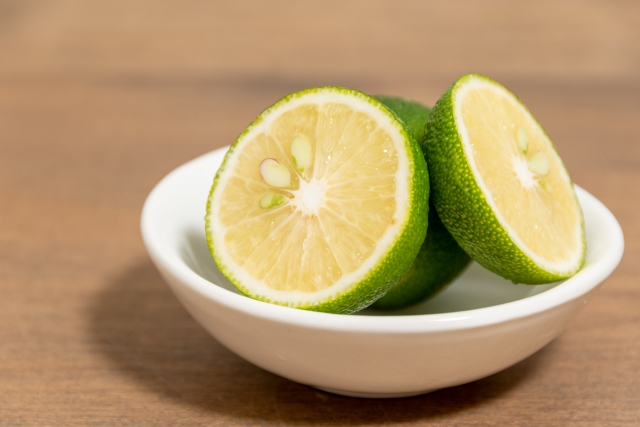
Google Map
Nanjakora daifuku
- Read in Japanese: Nanjakora daifuku
- Original name: なんじゃこりゃ大福
- Category: Sweets
A large Daifuku with chestnuts, strawberries and cream cheese inside a mashed sweet bean paste, it is a well-known specialty of Miyazaki.

Google Map
Cheese bun
- Read in Japanese: Chiizu manju
- Original name: チーズ饅頭
- Category: Sweets
A cookie dough crust wrapped in cream cheese, it is a typical Miyazaki sweet.
The following figure is the example of cheese bun.

Yorunoyuuto, CC BY-SA 3.0, via Wikimedia Commons
Google Map
Tsukiire mochi
- Read in Japanese: Tsukiire mochi
- Original name: つきいれ餅
- Category: Sweets
It is a traditional Miyazaki sweet made by stirring azuki beans and hyuganatsu into rice cakes made of gyuhi (a type of rice flour).
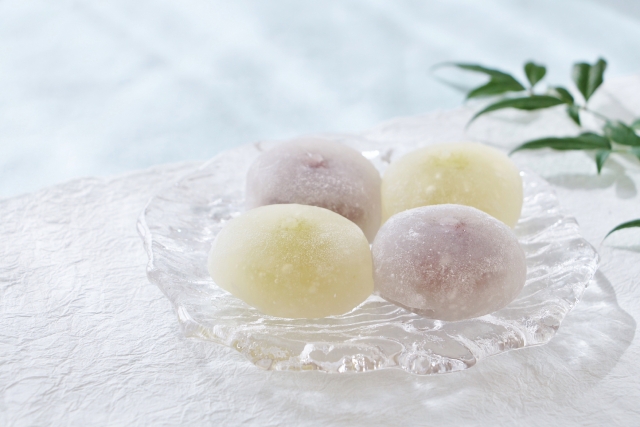
Google Map
Caviar
- Read in Japanese: Kyabia
- Original name: キャビア
- Category: Seafood
Miyazaki produces the largest amount of caviar in Japan, characterized by its mild salt content and rich, deep flavor.
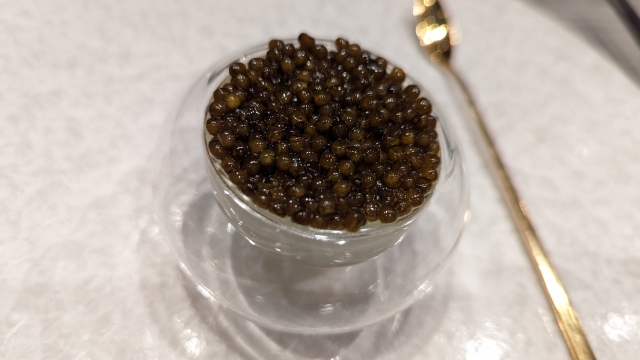
Google Map
Lettuce maki
- Read in Japanese: Retasu maki
- Original name: レタス巻き
- Category: Seafood
This is a sushi consisting of vinegared rice, lettuce, boiled shrimp, and mayonnaise wrapped in seaweed, and is said to have originated in Miyazaki.
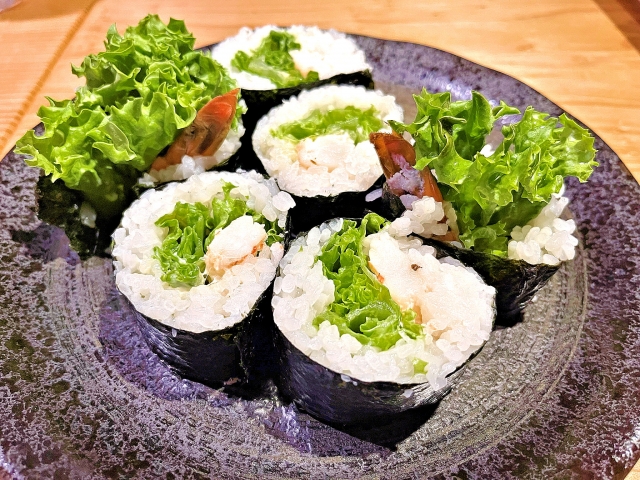
Google Map
Makishimamu
- Read in Japanese: Makishimamu
- Original name: マキシマム
- Category: Seasoning
This is a spicy, tasty, and versatile seasoning born in Miyazaki that can be used in a variety of dishes.
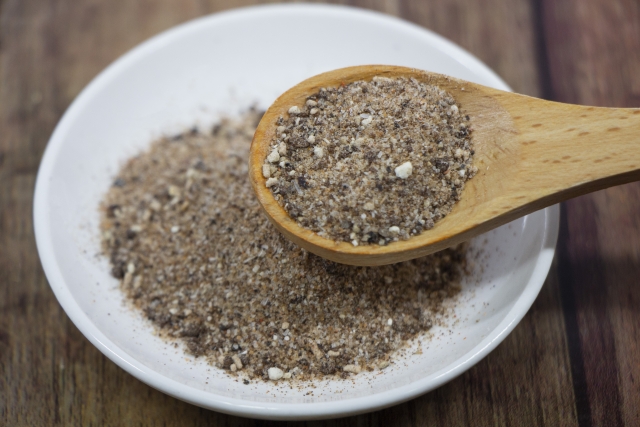
Google Map
Yakiniku no tare
- Read in Japanese: Yakiniku no tare
- Original name: 焼肉のたれ
- Category: Seasoning
It is a soy sauce-based seasoning with a fruity and rich flavor, and has long been popular among the people of Miyazaki.
The following figure is the example of yakiniku no tare.
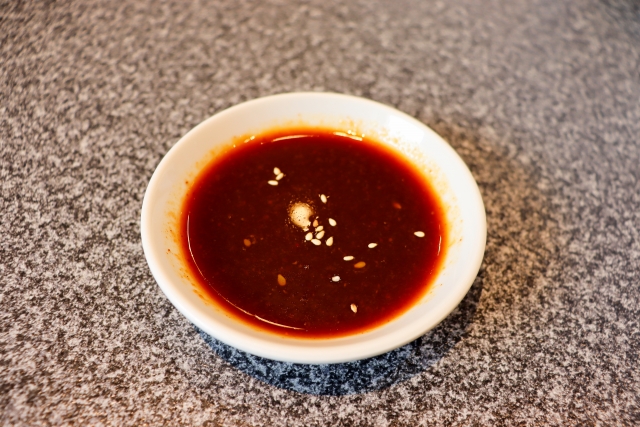
Google Map
Dried strips of Japanese radish
- Read in Japanese: Sengiri daikon
- Original name: 千切り大根
- Category: Vegetables
This vegetable is made by cutting Japanese radish into thin strips and drying them. Miyazaki produces the largest amount of this vegetable in Japan.
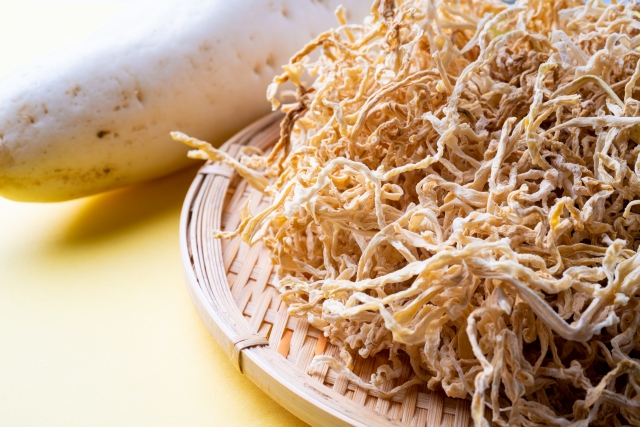
Google Map



Comment